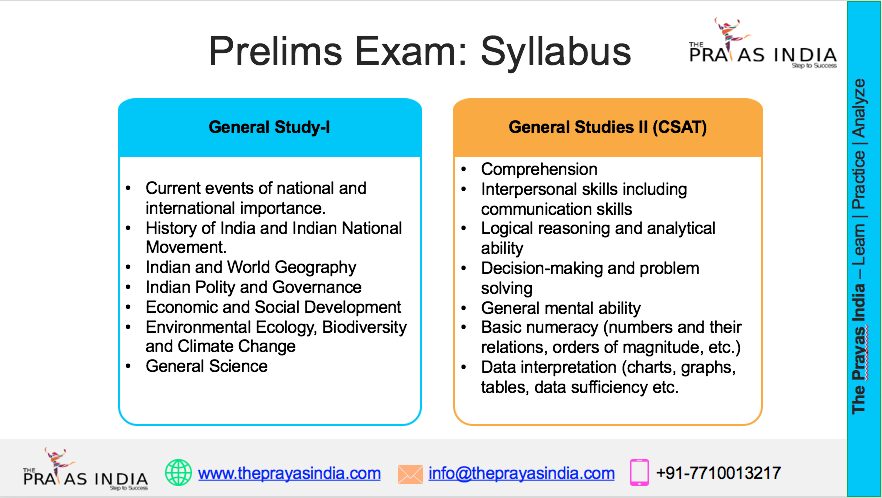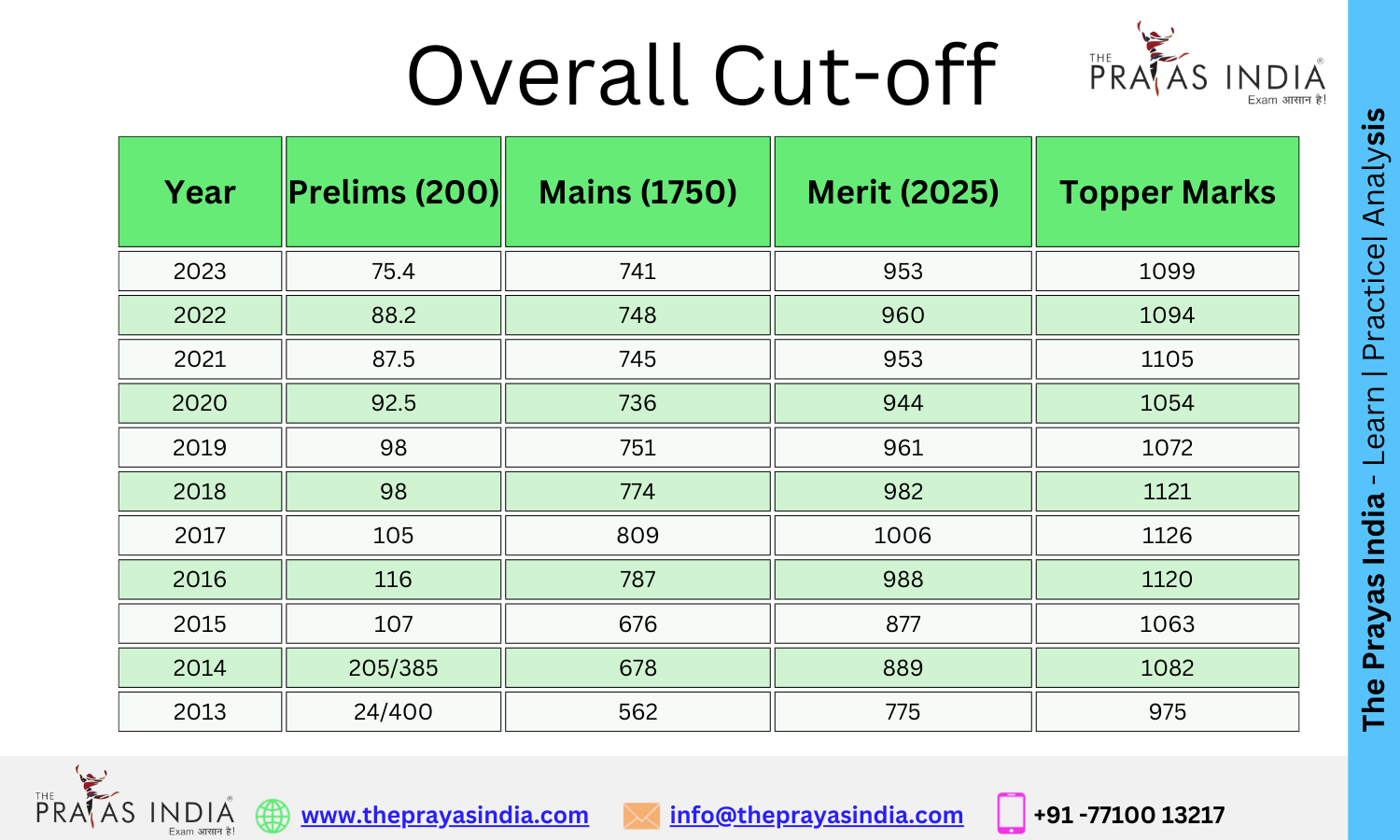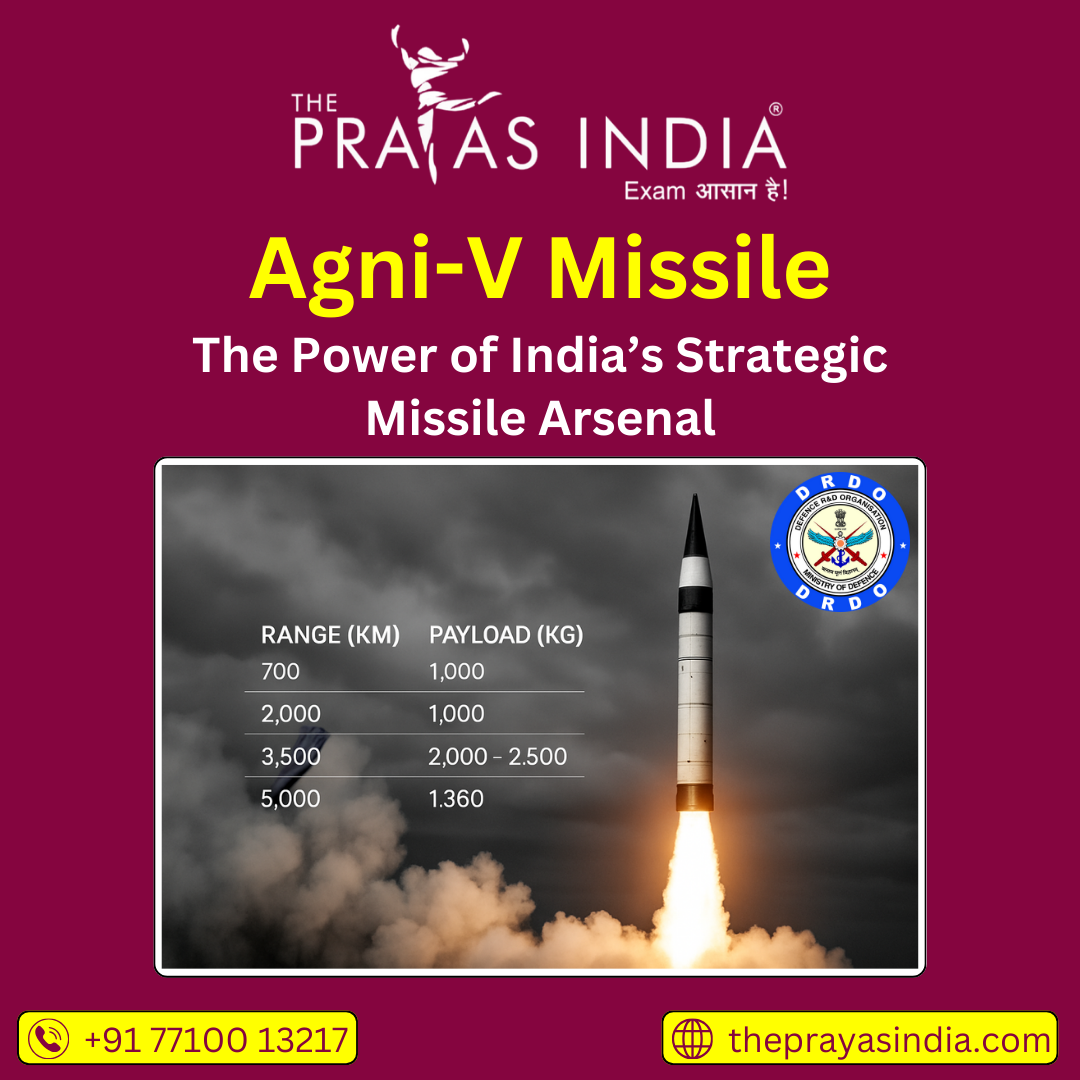Agni-V Missile: The Power of India’s Strategic Missile Arsenal
India’s Agni missile series is a cornerstone of its strategic defense capabilities and nuclear deterrence, representing decades of indigenous aerospace and defense innovation. Among the series, Agni-V stands out as a game-changing missile that extends India’s reach to intercontinental ranges and enhances its operational flexibility through modern technology.
Overview of the Agni Missile Series
The Agni missile series, developed primarily by India’s Defence Research and Development Organisation (DRDO), includes a spectrum of ballistic missiles designed for varying ranges and tactical uses:
| Missile | Range (Km) | Type | Status |
|---|---|---|---|
| Agni-I | 700 – 1200 | Short-range ballistic missile (SRBM) | In service |
| Agni-II | 2000 – 3500 | Intermediate-range ballistic missile (IRBM) | In service |
| Agni-III | 3000 – 5000 | Intermediate-range ballistic missile (IRBM) | In service |
| Agni-IV | 3500 – 4000 | Intermediate-range ballistic missile (IRBM) | In service |
| Agni-V | 7000 – 8000+ | Intercontinental ballistic missile (ICBM) | Operational & under enhancement |
| Agni-P | 1000 – 2000 | Tactical ballistic missile (Under trials) | Testing phase |
| Agni-VI (planned) | 11000 – 12000 | Advanced ICBM with MIRV capability (Under development) | In development |
The Agni series progressively extended India’s missile range capability from regional defense to intercontinental striking power.
Agni-V: Technical Mastery and Design
The Agni-V missile brings together cutting-edge engineering, advanced materials, and innovative guidance systems to produce a weapon that is both powerful and reliable:
- Length and Weight: Agni-V is approximately 17.5 meters long, 2 meters in diameter, and weighs around 50,000 kg (50 tonnes).
- Range: Estimated between 7000 km to over 8000 km, allowing it to cover almost entire Asia and parts of Europe and Africa. Some sources suggest potential classified capabilities extending beyond these figures.
- Propulsion: It is a three-stage solid-fueled missile, offering a rapid, reliable, and low-maintenance launch platform. The second and third stages feature lightweight composite materials to maximize range and efficiency.
- Mobility and Launch: The missile is road-mobile and housed in a canisterized launch system that supports quick launch preparation and safer storage. The cold launch system ejects the missile from the canister using compressed gas before the rocket engine ignites, protecting the launcher and improving operational readiness.
- Guidance and Accuracy: Agni-V employs a ring laser gyroscope-based inertial navigation system, supported by micro inertial navigation as a backup. It also interfaces with satellite navigation systems like GPS and India’s own NavIC for enhanced target precision. The guidance system enables accuracy within single-digit circular error probable (CEP) meters.
- Payload: The missile can carry a nuclear warhead weighing approximately 1500 kg, including Multiple Independently Targetable Re-entry Vehicles (MIRVs), which allows a single missile to target multiple locations simultaneously.
Operational Significance
Agni-V enhances India’s strategic deterrence by:
- Extending Reach: It covers a vast geographical area, including potential strategic adversaries and critical regions far beyond previous missile ranges.
- Boosting Survivability: Its road mobility and canister launch system make it difficult for adversaries to detect or destroy before launch.
- MIRV Capability: By carrying multiple warheads, Agni-V complicates enemy missile defense systems and strengthens India’s second-strike capability.
- Bunker-Buster Variant: India is developing a version designed to destroy deeply buried targets with a heavy warhead capable of penetrating up to 80–100 meters below the surface before detonation.
Strategic Context and Future Developments
India’s enhanced missile capability is vital to maintaining regional stability and deterrence. The Agni-V’s operational deployment sends a clear message of strategic readiness and technological sophistication.
The next missile in the series, Agni-VI, aims to further extend range (up to 12,000 km), improve MIRV payloads (up to 10 warheads), and introduce submarine launch capability, dramatically bolstering India’s nuclear triad.
Recent Developments and Variants
In 2025, DRDO initiated development of a bunker-buster variant of Agni-V featuring a heavier warhead (~7,500 kg) with the ability to penetrate deep underground structures before detonation, targeting hardened enemy bunkers.
The missile’s re-entry speeds are expected to range between Mach 8 and Mach 20, making interception highly challenging.
The Future: Agni-VI and Beyond
The next anticipated evolution, Agni-VI, is in early development stages. Expected to possess:
- Range: 11,000–12,000 km, approaching true intercontinental capabilities.
- MIRV Technology: Equipped with dense MIRV packages (up to 10 warheads).
- Launch Modes: Both land and submarine launches for enhanced survivability.
Agni-VI promises to solidify India’s ability to project strategic power from multiple platforms.
Agni-V Summary
| Feature | Details |
|---|---|
| Missile Type | Land-based Intercontinental Ballistic Missile (ICBM) |
| Length | 17.5 meters |
| Diameter | 2 meters |
| Weight | Approximately 50,000 kg (50 tonnes) |
| Range | 7,000 km – 8,000+ km |
| Propulsion | Three-stage, solid-fueled |
| Mobility | Road-mobile, canisterized cold launch system |
| Payload Capacity | ~1,500 kg; MIRV capable |
| Guidance System | Ring Laser Gyroscope INS + Micro INS + Satellite navigation (GPS/NavIC) |
| Accuracy (CEP) | Single-digit meters |
| Special Variants | Bunker-buster; upcoming MIRV upgrades |
Conclusion
The Agni-V missile represents India’s formidable strategic missile capability and technological self-reliance. It symbolizes the nation’s aspirations to safeguard its sovereignty and emerge as a major player on the global defense stage. With ongoing enhancements and future projects, India’s missile program continues to evolve, maintaining credible deterrence and robust defense readiness.
Agni-V truly is a testament to the power of “Made in India” technology and India’s growing stature in high-tech defense systems.


![Prayas-लक्ष्य [UPSC CSE Target] The Prayas India](https://theprayasindia.com/wp-content/uploads/2021/08/Prayas-लक्ष्य-UPSC-CSE-Target-The-Prayas-India-300x167.png)

![Prayas Pre-भेदश [UPSC CSE Prelims Test Series] The Prayas India](https://theprayasindia.com/wp-content/uploads/2021/08/Prayas-Pre-भेदश-UPSC-CSE-Prelims-Test-Series-The-Prayas-India-300x167.png)










